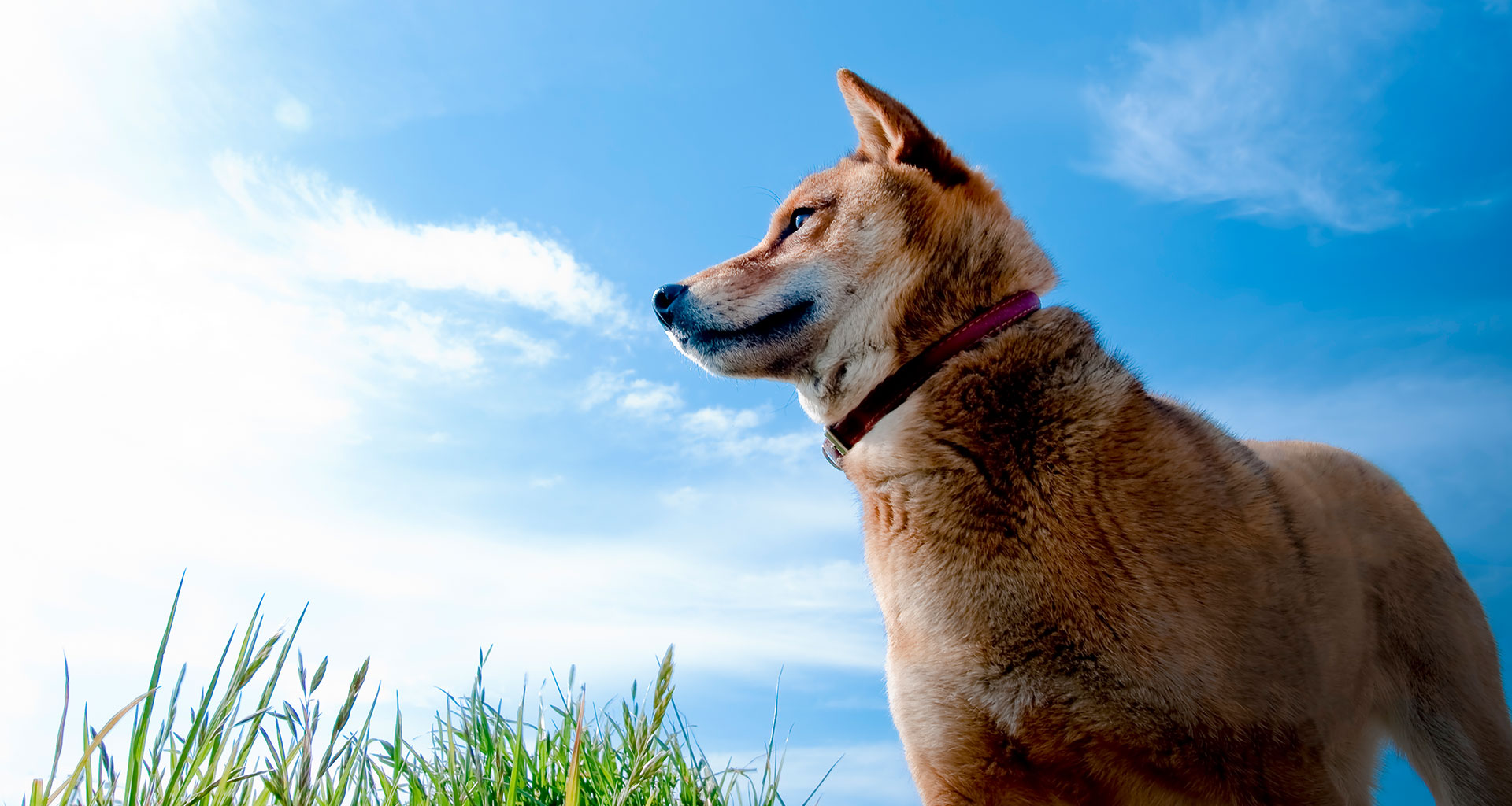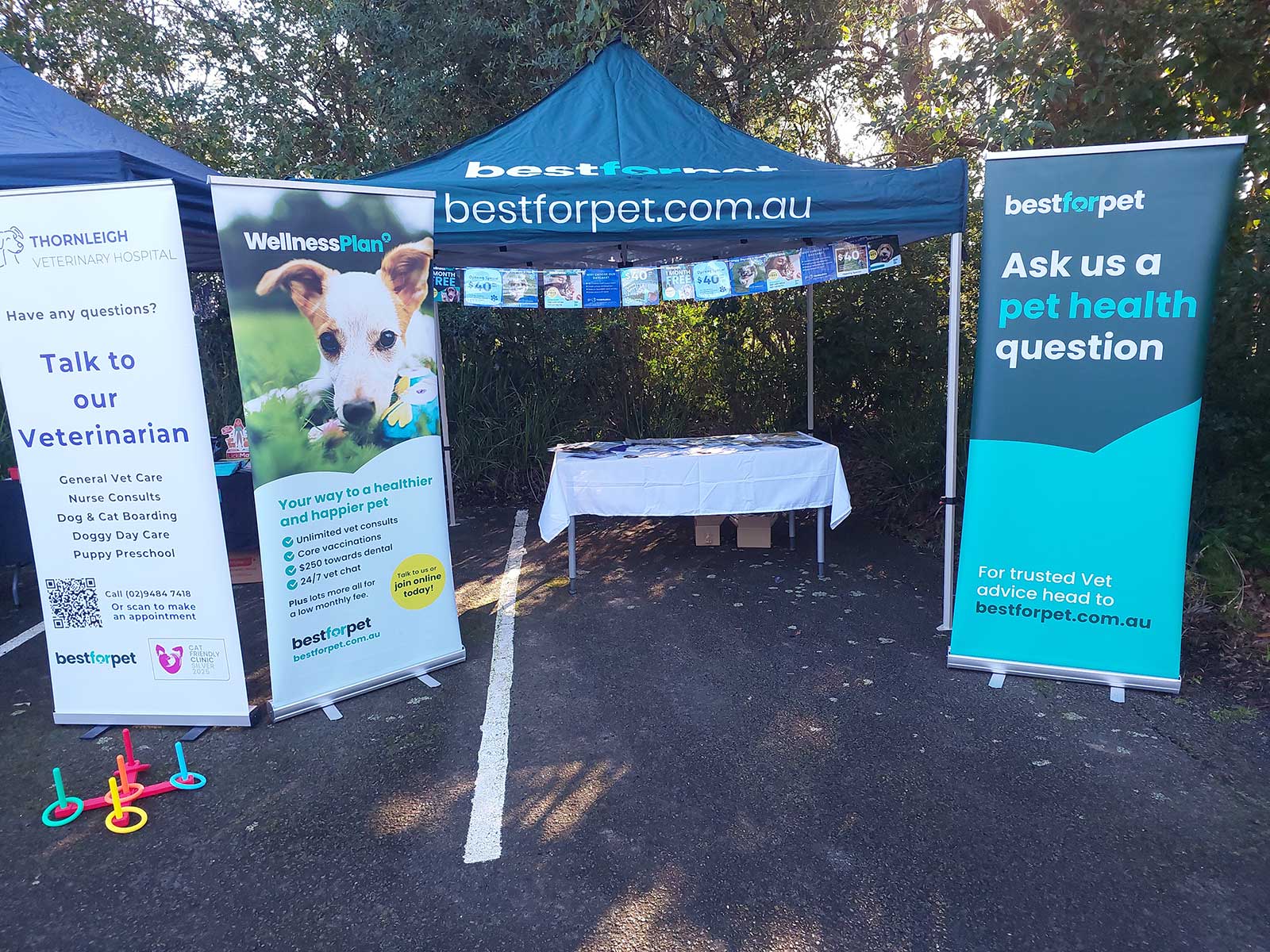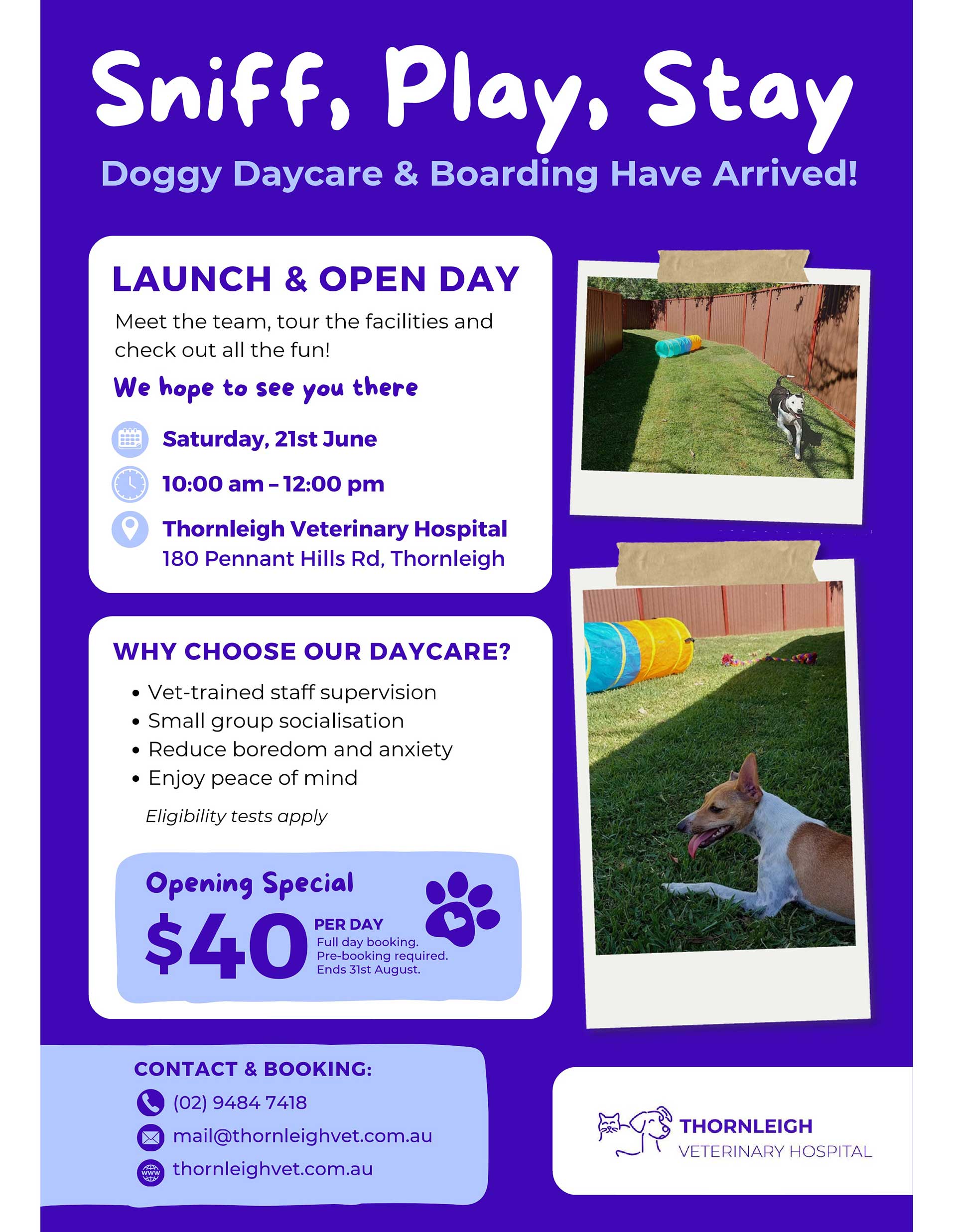What are Anal Glands?
Anal glands are two small glands that sit adjacent to your pet’s anus at about 4 O’clock and 8 O’clock. These glands fill with thick, foul-smelling material that in a wild animal would be excreted as part of scent marking or a defense behavior. However domestic dogs and cats primarily excrete these glands as they defecate. In some cases, these glands become impacted and blocked leading to discomfort seen as tail or bottom licking/chewing and scooting. In fact, scooting is far more commonly a result of anal gland impaction than worms which is what owners usually suspect.
What to do about scooting?
If your pet is scooting, it’s best to see a vet. They will likely check the anal glands and empty them by one of two ways:
Externally: Gauze or tissue is held up to the anus and both sides of the anal area are squeezed. If the secretion is very pasty, this method may be inadequate to empty the sacs.
Internally: A lubricated gloved finger is inserted in the anus and the sac is squeezed between thumb and forefinger into a tissue held externally. The full anal gland feels like a pea to a grape in the location. The emptying procedure is repeated on the opposite side.
If the glands have been emptied adequately, the scooting should resolve in a couple of days.
What if scooting continues?
If scooting continues for more than a few days after gland emptying, the glands should be re-checked. For some individuals, it takes several gland evacuations in a row before the glands stay emptied. If the glands are empty and scooting is persisting, another cause (such as itchy skin, tapeworms, or even lower back pain) should be considered.
What happens if an impacted gland doesn’t get emptied?
If a gland is unable to evacuate its contents it will become large and painful before rupturing out the skin surface. These abscesses are extremely painful, and owners will often note bleeding around the bottom. In these cases, urgent veterinary attention is needed and some may require sedation or anaesthetics to debride the abscess and create further drainage.
How often should anal glands be emptied?
Some pets may never need their anal glands emptied. Others may have a one-off impaction. However, many pets exhibit repeat symptoms so if they are scooting, it’s likely they need their glands emptied.
What if my pet’s glands seem to require emptying all the time?
To avoid the expense of having the glands emptied, you can learn to empty them yourself at home, but most people feel it is well worth having someone else perform this service. In many cases an improved diet, particularly one higher in fibre will help produce a bulkier stool which in turn assists the glands to empty as faeces passes. If diet cannot be changed, the addition of fibre to their food may replicate this effect such as Metamucil powder (in food or water) or Psyillium husks (found in the grain section or health food aisle of the supermarket).
In cases that fibre is adequate and symptoms persist, we may recommend an elimination diet trial as evidence in the U.S.A. suggests some dogs respond positively to hypoallergenic diets.
Anal Sacculectomy
If the glands need to be emptied every few weeks or more, you may opt to have the glands permanently removed. This is a complicated surgery due to the location of the glands. As the area contains many nerves, muscles and potentially scars or distortion from previous glad issues, there is a reasonable risk of faecal incontinence or draining issues post-operatively so the procedure should be performed by an experienced veterinary surgeon.


